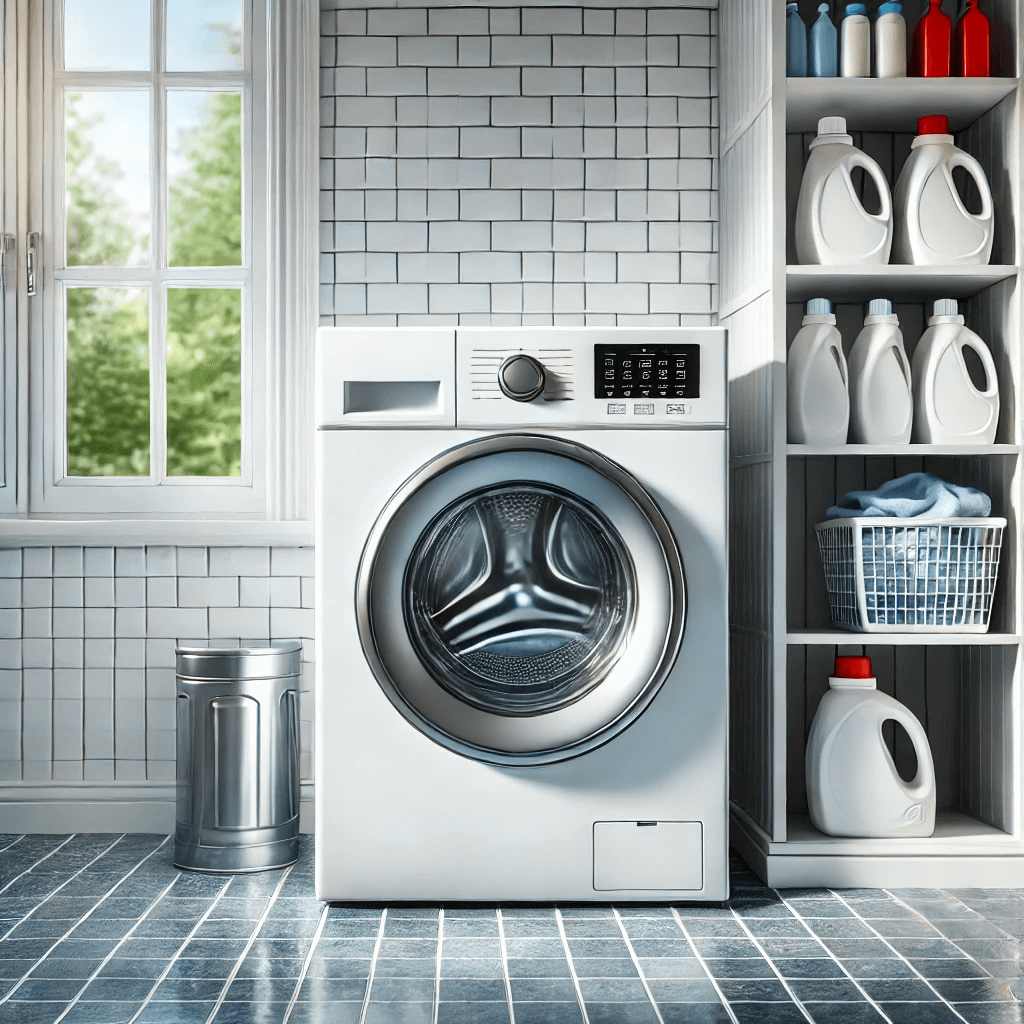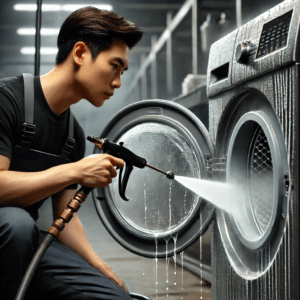Have you ever gone to do a load of laundry only to find that your washing machine isn’t filling with water? It’s a frustrating experience, especially when you have a pile of dirty clothes waiting to be cleaned. The good news is that this is a common issue, and there are several possible reasons why water is not flowing into your washing machine. Understanding these reasons can help you troubleshoot and possibly fix the problem without the need for a repairman. Let’s dive into the common causes and solutions for this perplexing issue.
- Common Causes
- Other Potential Issues
- When to Call a Professional
- Preventive Maintenance Tips
- Conclusion
Common Causes
1. Check the Water Supply
The first thing to check is whether your washing machine is getting water from the source. It may seem obvious, but it’s easy to overlook. Here’s what you should do:
Check for Clogs: Sometimes, debris or sediment can clog the hoses or the inlet screens. To check for clogs, turn off the water supply, disconnect the hoses, and inspect the screens inside the hose fittings. Clean any debris you find and reattach the hoses securely.
Ensure the Water Valves are Open: Locate the water supply valves, usually found behind your washing machine. Make sure both the hot and cold water valves are fully open. If either valve is closed or partially open, your washing machine may not receive enough water.
Inspect the Hoses: Check the hoses that connect your washing machine to the water supply. Ensure they are not kinked, twisted, or damaged. A kinked hose can restrict water flow, while a damaged hose may need to be replaced. Additionally, ensure that the hoses are securely attached to both the water supply and the washing machine.
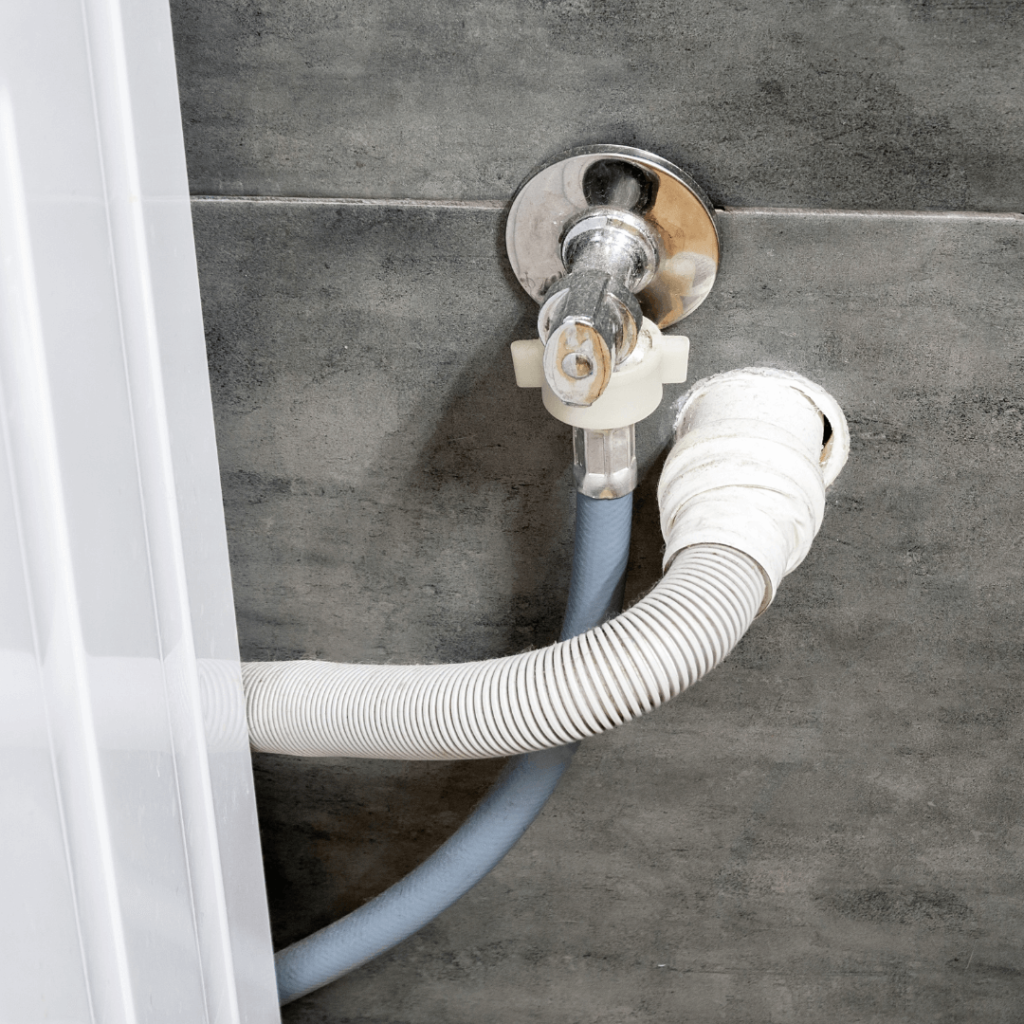
2. Inspect the Water Inlet Valve
If the water supply is not the issue, the problem may lie with the water inlet valve. The inlet valve controls the flow of water into the washing machine and is a common culprit when water isn’t flowing. Here’s how to inspect and address this:
- Listen for the Valve: When you start a wash cycle, listen for the sound of the water inlet valve activating. If you don’t hear any noise, the valve may be faulty.
- Test the Valve: Unplug the washing machine and remove the back panel to access the water inlet valve. Using a multimeter, test the valve for continuity. If the valve is defective, it will need to be replaced. This is a relatively simple and inexpensive fix.
- Check for Clogs: Just like the hoses, the water inlet valve can also become clogged with debris. Remove the valve and inspect it for any blockages. Clean or replace the valve if necessary.
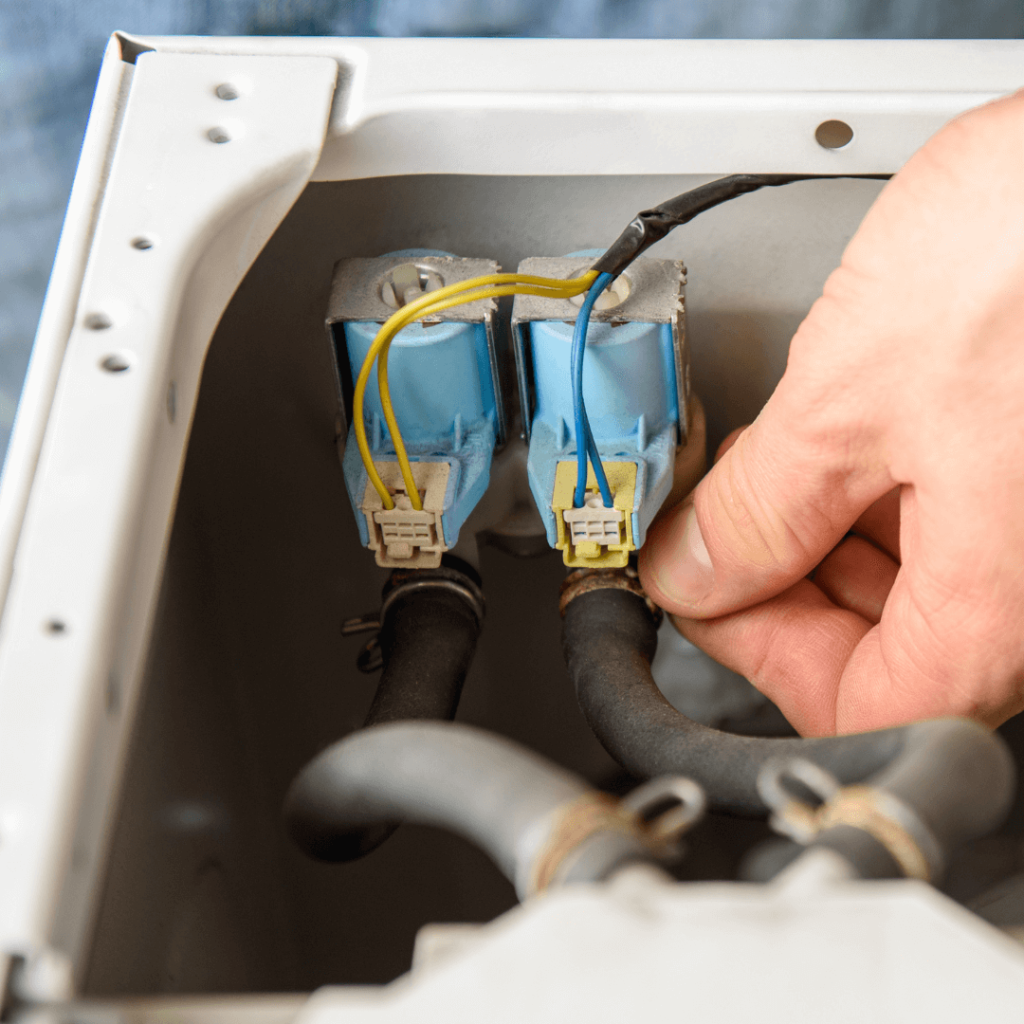
3. Examine the Door or Lid Switch
For safety reasons, most washing machines have a door or lid switch that must be engaged for the machine to fill with water. If this switch is faulty, the machine will not receive water. Here’s what to do:
- Check the Switch: Open and close the door or lid of your washing machine and listen for a clicking sound. If you don’t hear a click, the switch may be broken.
- Test the Switch: Use a multimeter to test the door or lid switch for continuity. If the switch is defective, replace it. This part is generally affordable and easy to replace.
4. Look at the Water Pressure
Sometimes, the issue may be related to the water pressure in your home. Washing machines require a certain level of water pressure to function correctly. Here’s how to check and address water pressure issues:
- Test the Pressure: Use a water pressure gauge to test the pressure at the washing machine’s water supply. The ideal pressure range for most washing machines is between 20 and 116 psi. If the pressure is too low, your washing machine may not fill properly.
- Adjust the Pressure: If your water pressure is too low, check other faucets in your home to see if they are also experiencing low pressure. If so, you may need to contact your water supplier or a plumber to address the issue. Sometimes, installing a pressure booster pump can help increase water pressure.

5. Inspect the Water Level Switch
The water level switch, also known as a pressure switch, determines the water level inside the washing machine. If this switch is faulty, it may not signal the machine to fill with water. Here’s how to check and replace the water level switch:
- Locate the Switch: The water level switch is usually found inside the control panel of the washing machine. Consult your washing machine’s manual for the exact location.
- Test the Switch: Use a multimeter to test the water level switch for continuity. If the switch is defective, replace it.
6. Check the Timer or Electronic Control
In modern washing machines, the timer or electronic control board manages the various cycles and functions. If the control board is faulty, it may not send the correct signals to fill the machine with water. Here’s how to address this:
- Inspect the Control Board: Look for any visible signs of damage or burnt components on the control board.
- Test the Timer: If your washing machine has a mechanical timer, use a multimeter to test it for continuity. If the timer is defective, it will need to be replaced.
- Replace the Control Board: If you suspect the electronic control board is faulty, consider consulting a professional for diagnosis and replacement. Replacing a control board can be more complex and expensive than other fixes.
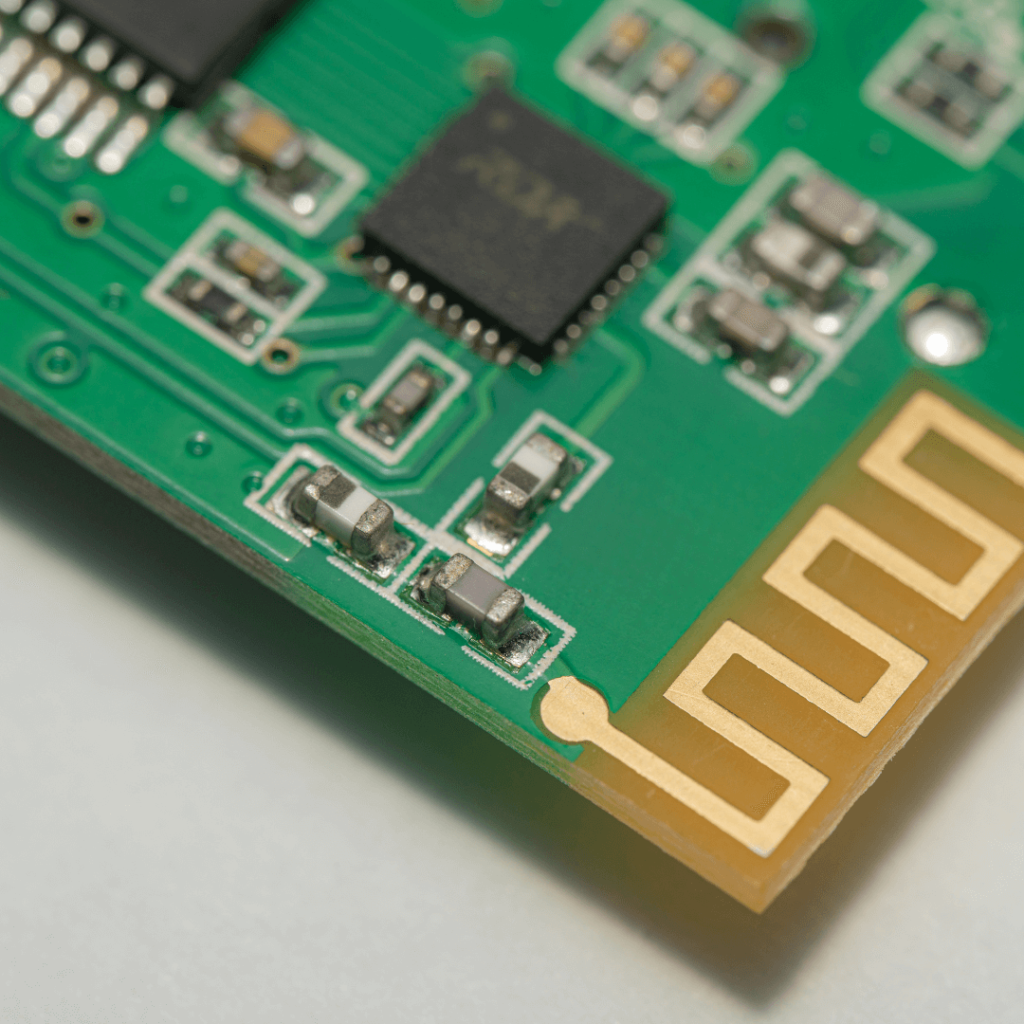
Other Potential Issues
While the above steps cover the most common reasons why water might not be flowing into your washing machine, there are a few other potential issues to consider:
- Faulty Water Temperature Selector: If your washing machine has a water temperature selector, it may be faulty and preventing water from entering the machine. Test and replace the selector if necessary.
- Malfunctioning Water Pump: Although less common, a faulty water pump can also cause issues with water flow. If you’ve checked all other components and still can’t find the problem, the water pump may need to be inspected and replaced.
When to Call a Professional
While many of these issues can be resolved with a bit of DIY troubleshooting, there are times when it’s best to call a professional. If you’ve gone through all the steps above and still can’t get water flowing into your washing machine, or if you’re not comfortable performing some of the more complex tests and repairs, it’s time to call in an expert. A qualified technician can diagnose and fix the problem efficiently, ensuring your washing machine is up and running again in no time.
Preventive Maintenance Tips
To avoid encountering this issue in the future, consider these preventive maintenance tips for your washing machine:
- Regularly Clean the Inlet Screens: Debris and sediment can build up in the inlet screens over time, restricting water flow. Periodically check and clean these screens to ensure smooth water flow.
- Inspect Hoses for Wear and Tear: Regularly inspect the water supply hoses for signs of wear, damage, or kinks. Replace hoses as needed to prevent leaks and ensure proper water flow.
- Monitor Water Pressure: Keep an eye on the water pressure in your home. If you notice any significant changes, address the issue promptly to avoid problems with your washing machine and other appliances.
- Perform Routine Maintenance: Follow the manufacturer’s recommendations for routine maintenance, such as cleaning the washing machine drum, checking the water inlet valve, and testing the door or lid switch.
Conclusion
Dealing with a washing machine that won’t fill with water can be a frustrating experience, but with a bit of knowledge and some troubleshooting, you can often identify and fix the problem yourself. Start by checking the water supply, inspecting the hoses and water inlet valve, and testing the door or lid switch. If these steps don’t resolve the issue, consider the water pressure, water level switch, and control board. And remember, when in doubt, don’t hesitate to call a professional for assistance.
By understanding the common causes of this issue and taking preventive measures, you can keep your washing machine running smoothly and ensure your laundry routine goes off without a hitch. So, the next time you find yourself asking, “Why is water not flowing into my washing machine?” you’ll be well-equipped to tackle the problem head-on.
For more maintenance and troubleshooting guides, read our blog.
You May Also Like
- How to Choose the Right Refrigerator Size for Your Home?
- Why Is My Washing Machine Not Draining Water?
- Why You Should Deep Clean Your Washer Dryer Once a Year?
- Inverter or Non-Inverter Air Conditioner: Which To Buy?
- What is the Right Air Conditioner Horsepower for Your Home?
- 5 Tips to Buy an Air Conditioner in Malaysia

